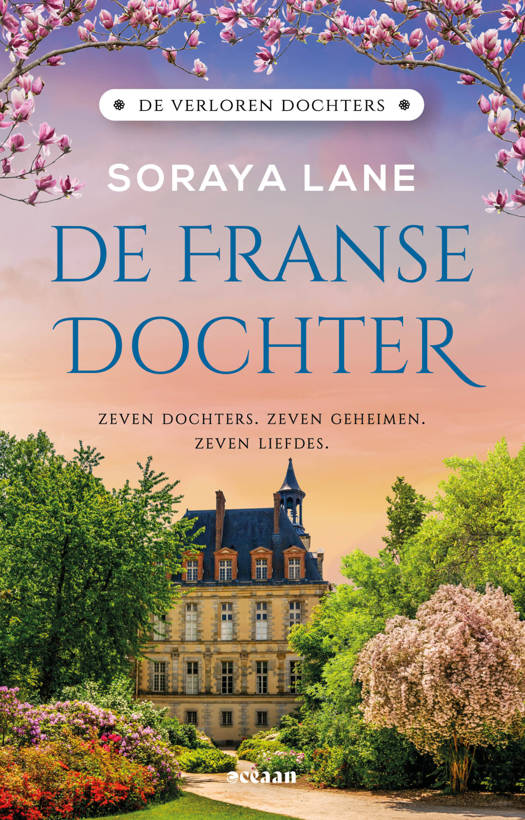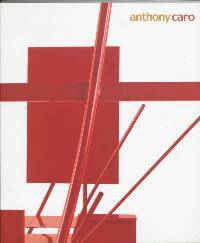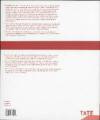
Door een staking bij bpost kan je online bestelling op dit moment iets langer onderweg zijn dan voorzien. Dringend iets nodig? Onze winkels ontvangen jou met open armen!
- Afhalen na 1 uur in een winkel met voorraad
- Gratis thuislevering in België vanaf € 30
- Ruim aanbod met 7 miljoen producten
Door een staking bij bpost kan je online bestelling op dit moment iets langer onderweg zijn dan voorzien. Dringend iets nodig? Onze winkels ontvangen jou met open armen!
- Afhalen na 1 uur in een winkel met voorraad
- Gratis thuislevering in België vanaf € 30
- Ruim aanbod met 7 miljoen producten
Zoeken
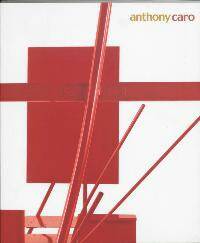
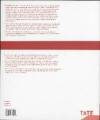
Omschrijving
Anthony Caro (born 1924) is widely regarded as 'Britain's greatest living sculptor' (The Guardian, 2003) and has enjoyed an international reputation since the early 1960s. This publication accompanies a major retrospective exhibition of Caro's work at Tate Britain in January 2005. Caro studied at Regent Street Polytechnic and the Royal Academy Schools, before working as Henry Moore's assistant between 1951 and 1953. His work changed radically following a visit to America in 1959, when he met the sculptor David Smith, the painter Kenneth Noland and the critic Clement Greenberg. In 1960 he began making purely abstract sculptures constructed and welded in steel, comprising beams, girders and other found elements painted in bright colours. 'I think my big break in 1960 was in challenging the pedestal, killing statuary, bringing sculpture into our lived-in space', Caro wrote. The exhibition of these works at the Whitechapel Gallery in 1963, caused a sensation and heralded a revolution in sculpture. Within a short period, conventional ideas about materials, method, surface, scale, form and space were overturned by his radical reworking of all these elements. This recognition was parallel
Specificaties
Betrokkenen
- Auteur(s):
- Uitgeverij:
Inhoud
- Aantal bladzijden:
- 176
- Taal:
- Engels
Eigenschappen
- Productcode (EAN):
- 9781854375094
- Verschijningsdatum:
- 1/04/2005
- Uitvoering:
- Paperback
- Formaat:
- Trade paperback (VS)
- Afmetingen:
- 246 mm x 296 mm
- Gewicht:
- 984 g

Alleen bij Standaard Boekhandel
+ 124 punten op je klantenkaart van Standaard Boekhandel
Beoordelingen
We publiceren alleen reviews die voldoen aan de voorwaarden voor reviews. Bekijk onze voorwaarden voor reviews.


